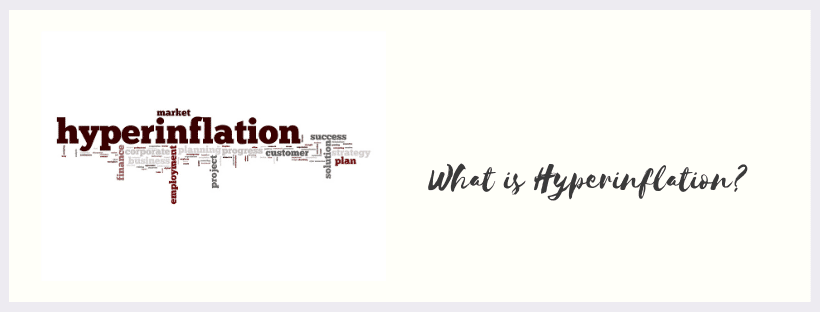
Chapter 2
In order to really understand all of what we will cover, you need to have a solid grasp of what hyperinflation is. In simple terms, it is tied into inflation levels that are extremely high and out of control. They are well beyond the norms of inflation.
As a result of hyperinflation, prices increase rapidly. This causes many of complex concerns. There are basic things we all need and those seem to what the price increases hit the hardest.
For example, when you go to fill your car up at the gas station you may find that it has jumped by several cents per gallon. Sometimes those jumps are as much as ten cents per gallon overnight too. This can increase the budget in your household for fuel substantially.
We all have to eat and the cost of food continues to increase during hyperinflation too. When you buy food items at the grocery store it is going to be much more than before. Due to the increased costs of supplies, it also means you can plan on paying more when you dine out.
One of the other significant areas of the budget where you will see increases are in utilities. Most of us have seen several spikes and increases in the costs of utilities over the past couple of years. It is tough due to the fact that we need water, heat, and cooling available to us. We also need electricity so we feel that we are at the mercy of such companies.
Due to hyperinflation, it is very hard for many households to make ends meet. They find their costs for necessities goes up and so they have less disposable income. For those on a fixed income or low income who were just getting by it is now virtually impossible.
Households are cutting out extras and that is why so many businesses are having problems too. When a household can barely meet their required expenses they aren’t spending on items that they consider to be wants or luxuries anymore.
The terminology that experts use for hyperinflation is a period of time when the cycle of inflation continues to grow so rapidly that there isn’t any real balance insight for it.
When you have an increase in costs that is very fast, there is no controlling it, and prices are continually increasing with large jumps you have more than inflation to deal with – it is hyperinflation. It is very unusual but it does happen and it is something that the US dollar could be heading towards.
In order for hyperinflation to be present without a doubt one of two things must occur:
If the accumulated inflation rate of the past 3 year period is equal to or more than 100%
OR
The accumulated rate of inflation is more than 50% over a one month period of time.
Even though there are historical standings of hyperinflation hundreds of years old, no one studied it and gave us solid information about it until 1956. A book by Phillip Cagan called “The Monetary Dynamics of Hyperinflation” was a huge release that showed people some of the reasons why it happens and to give them an understanding of the process.
A great deal of what is found in this book has been given credible backing by economic specialists. They have studied the foundations of the US dollar and the economy. They don’t argue with what Cagan offered in that very enlightening book.
However, that doesn’t mean our Nation now has all of the answers to how to prevent high inflation and hyperinflation from occurring. The good news though is that the government and all citizens have access to information that can help them to identify the signs that may indicate that hyperinflation is going to happen.
It can help users to take action that will change the course of history. Most people don’t think much about economics or the economy of the USA when things are going well. When they turn the other way though people are fun of panic over it and they are ready to place blame.
Taking responsibility for the economy is a role we all need to step into. Too often citizens feel that their hands are tied and they have to make do with what is going on. Yet they have decisions about buying commodities such as gold, reaching out for credit that is offered, and how they will handle their own finances in tough economic times.
